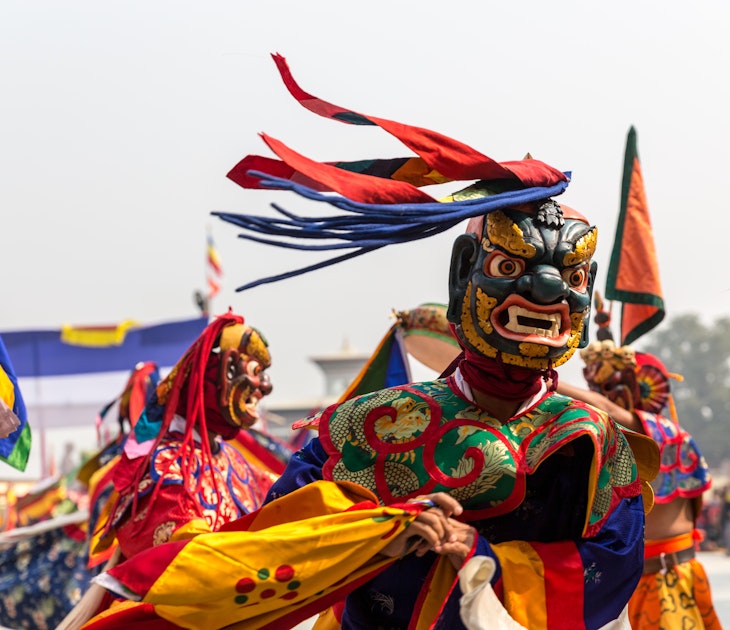

Sometimes you don't want to carry around a camera that screams tourist. Or you're off to a local club and all you have to capture a shot of neon-lit buskers is your phone. Phones are perfect for snapping spontaneous moments without fuss. Here’s how to make the most of your light and megapixels and share them afterwards, whether you have an iPhone, Android phone or 1990s Nokia.
1. Colour
If your photos look like they were taken through sand on a dreary day, dig into your camera’s settings, often by pressing a cog icon. Here you can turn up the contrast to make your shots look richer, less washed out and more flattering to faces. Or choose a higher picture size and quality to reduce the grainy look.
2. Timing
Phone cameras are notorious for shutter lag - snapping the picture long after after that fake shutter sound - so count to three for your subject but take the photo on 'two', and keep still a second after you’ve pressed the button to avoid blur. Taking lots of shots lets you practise but also means you capture people at their most natural moments, before they pose.
3. Light
The rule with light is the more the better. If your camera has no flash and seems only able to produce pictures of semi-darkness, don’t delete the shots - a photo-editing app can often brighten up seemingly failed pictures.
Get your subject to move into the light if possible, but with the light on the subject, not behind it, or you’ll end up with a silhouette. This may mean moving to the other side of a subject so that even a dim streetlamp is shining from behind you. Then point the lens to the darkest part of the subject to focus there. This way the camera knows that light is low and can compensate.
4. Blur
Shaky, ghostly photos? Keep still. Place the hand holding the phone against a wall, or rest your arms against your hip. When you press the shutter button, keep your finger held down a second longer than usual to help you keep still and make up for any shutter lag. And breathe out as you press the button to keep steady, like sharpshooters do. Or try using a timer on the camera and placing it on a ledge.
Providing more light also allows your phone to avoid blurring as it chooses a faster shutter speed and doesn’t need to hunt around in the dark to focus.
5. Interference
Make sure your phone case is not interfering with your pictures. If you see white fog over your photos (and didn’t take a photo of fog), this is a telltale sign of your camera flash reflecting off the thick sides of the case’s lens cutout.
Outside sources of light can also flare up like a white rash in your pictures. If so, shade your lens with your hand like a hood.
6. Composition
Even on a little camera, basic rules of composition can make simple photos stand out. Use the rule of thirds - don’t place your subject smack bang in the middle of the frame, but to the side, one third of the way in. And place people so that their eye line is one-third from the top of the frame.
7. Apps
There are free smartphone apps to style and show off your travel pics, such as the famous Instagram and lesser-known Pixlr-o-matic, which make every photo feel like summer in the 60s. Photoshop Express is a free app to crop, brighten and touch up your shots.
Turn on GPS in your camera settings to record location details into every photo taken so that you can pinpoint them later and map your travels.
Learn more about getting the most out of any type of camera on your travels with Lonely Planet's Guide to Travel Photography.
Explore related stories

Architecture
The ultimate guide to Tibetan Buddhist monasteries: exploring gompas in the HimalayasNov 22, 2024 • 7 min read

 Festivals & EventsChristmas dinners around the world: choose your favorite festive dishes
Festivals & EventsChristmas dinners around the world: choose your favorite festive dishesNov 22, 2024 • 5 min read

 BeachesThese 5 day trips from Sydney will show you the splendors of New South Wales
BeachesThese 5 day trips from Sydney will show you the splendors of New South WalesNov 22, 2024 • 7 min read

 Destination PracticalitiesDo you need a visa to visit Thailand? Here’s everything to know
Destination PracticalitiesDo you need a visa to visit Thailand? Here’s everything to knowNov 22, 2024 • 8 min read


 Wildlife & NatureDay trips from New Orleans: 9 can't-miss jaunts from The Big Easy
Wildlife & NatureDay trips from New Orleans: 9 can't-miss jaunts from The Big EasyNov 21, 2024 • 6 min read

